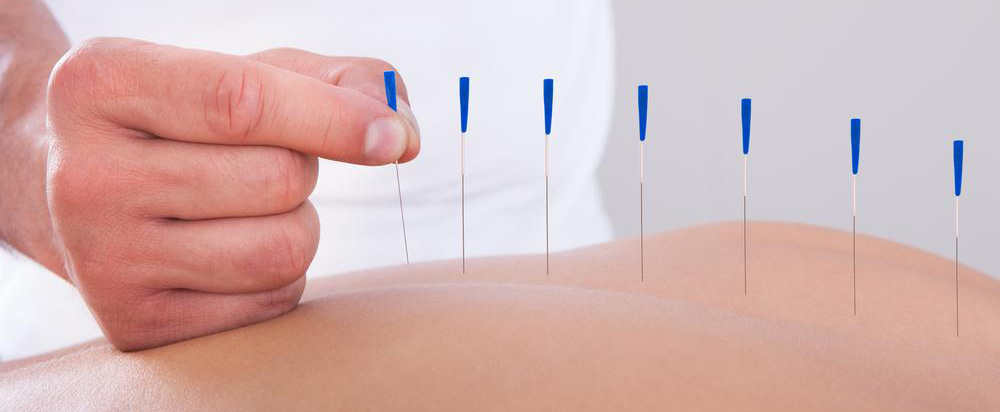Dry Needling Omaha
What is Dry Needling?
Painful and Tender Muscles: Dry Needling Can Reduce Myofascial Pain Related to Trigger Points Muscles
Dry needling is a treatment that involves a very thin needle being pushed through the skin to stimulate a trigger point and reduce muscle tension. Dry needling may release the tight muscle bands associated with trigger points, relieve pain, and improve function/range of motion. In a study published in the September 2013 issue of JOSPT, a group of researchers analyzed the results of the best clinical studies that have been conducted thus far to determine if dry needling helps to reduce neck and arm pain.
Myofascial Pain Syndrome – “Trigger Points”
Myofascial pain syndrome, or myofascial trigger points, can be a source of pain and limit function. Dry needling is a specialized treatment for trigger points provided by our physical therapists in Omaha at Premier Physical Therapy. Trigger point dry needling is one possible treatment option and a part of a larger treatment plan. Dry needling is often combined with other techniques including exercises, to manage myofascial pain.
Your physical therapist can perform a thorough evaluation to help determine if you are a good candidate for this treatment as part of a program designed to provide pain relief and improve your function.
For more information on the treatment of myofascial pain, contact your physical therapist specializing in musculoskeletal disorders. Download the following for a one-page easy-to-read explanation: http://www.jospt.org/doi/pdf/10.2519/jospt.2013.0505
What should I expect?
Each patient will receive a thorough physical therapy examination with recommendations of stretches and strengthening as needed to be performed before the needling and/or after the needling. To receive the needling, the patient lays down and is positioned to allow maximal relaxation to the involved muscles. Based on the findings of the examination, the patient will likely receive needling to multiple muscles. After the needling, the patient may receive any or all of the following: hot packs, stretching, meditation, or “active relaxation.” Numerous studies suggest that dry needling is very effective- including reducing pain intensity and immediacy.
Is Dry Needling new?
Muscle pain was first described in the literature in the late 1600s (Guillaume de Baillou, Thomas Sydenham.) Muscle pain referring to other places in the body was 1st documented by John Kellgren in 1936. Dry Needling, a form of traditional Chinese medicine (TCM) has been common among physical therapists in many international countries for decades and has been done by PTs in the United States since 1997.
What does the research say?
Research has been supportive of dry needling for many reasons: notably faster improvement and minimal to no side effects. The Myopain Group lists this impressive amount of research- impressive by both quantity and currency. Please check out their website for up-to-date information: http://www.myopainseminars.com/resources/.
Who can benefit from Dry Needling?
This is the amazing part- dry needling can be helpful for such a huge variety of issues, that it’s impossible to list them all.
The most common conditions treated with dry needling include:
- Headaches- migraines and tension-type
- Acute muscle pain/strain
- Athletes: pain and/or weakness
- Chronic pain, fibromyalgia
- Pain, and stiffness following mastectomy, lumpectomy
- Stiff/ “frozen shoulder”
- Joint pain and stiffness
- Post-surgical pain
- Jaw/ “TMJ” pain
- Pain from highly-repetitive movement e.g. factory-type work, musicians
Premier Physical Therapy Omaha, NE
Premier Physical Therapy is local and family-owned by a practicing physical therapist. We pride ourselves on our small town, Omaha values. As one of the leading physical therapy clinics in Omaha, NE, we stress consistent one-on-one patient care with the same physical therapist at every session. We also know that taking the time to get the right care can be a struggle, that’s why we offer extended hours of 7:00 a.m. to 7:00 p.m. Monday through Friday.
If you have any questions at all, or if you’d like to schedule an appointment for dry needling, contact us to learn more.


